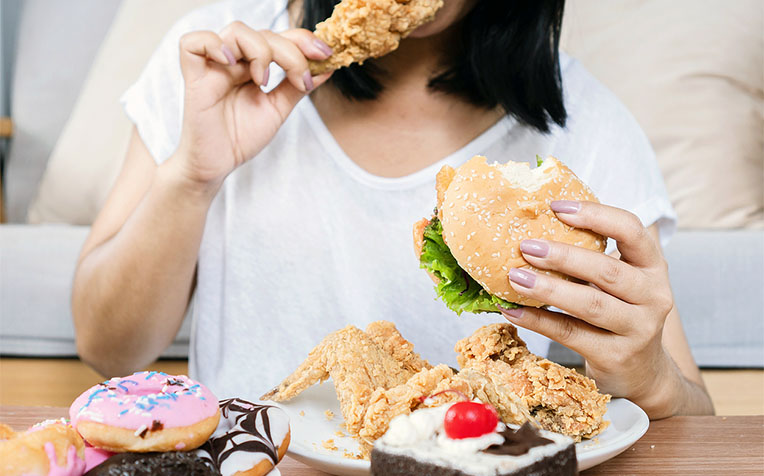
The moment isn’t about food. It’s about feeling. Stress. Boredom. Loneliness. Even joy. You reach for something. Not because your stomach asked—but because your mind did. Emotional eating doesn’t announce itself loudly. It slips in quietly. It looks like a snack. But it’s a response.
You eat faster during stressful days, barely noticing what’s in your hand or on your plate
Stress speeds everything. Breathing. Speech. Appetite. You rush. You chew less. You taste less. That disconnect fuels the problem. You’re not feeding your hunger. You’re managing a mood. The food becomes background. It’s not about flavor. It’s about escape.
You tell yourself it’s just one cookie—but the voice behind it whispers something deeper
Food feels safe. It offers control when everything else slips. One bite promises comfort. Not always consciously. The reward loop builds slowly. Each snack marks a feeling avoided. Over time, it becomes habit. Emotion and appetite blur. You don’t notice until patterns harden.
You track calories but not the reason behind them, missing the emotional weight behind each meal
Apps count grams. Track macros. Highlight progress. But they don’t ask why. Why now? Why again? Emotional eating bypasses logic. You might hit every target—and still feel stuck. Because hunger isn’t the driver. Emotion is. The scale doesn’t register that.
You feel guilt after eating, but shame keeps the cycle spinning instead of breaking it
The food wasn’t the problem. The silence after it was. You regret it. So you restrict. Then the pressure returns. The emotion rises. And again, food waits. This loop isn’t about willpower. It’s about wiring. Understanding the loop matters more than breaking it.
You recognize that comfort food isn’t just about flavor—it’s memory, routine, and emotional history
That dish reminds you of safety. Of childhood. Of holidays. Or simply of calm. Craving isn’t random. It’s built on association. Emotional eating often calls specific foods. Not just any snack. The ones that feel familiar. Nostalgic. Predictable. Safe.
You try to eat cleaner, but stress keeps rewriting your best intentions by evening
Morning is strong. You prep. Plan. Promise. By night, your decisions unravel. You didn’t change. Your emotion did. Stress alters appetite hormones. Cortisol. Ghrelin. It’s chemical. Not weak. Not failure. Emotional eating is hormonal, behavioral, and learned. Not laziness.
You avoid dinner with others because emotional eating feels tied to isolation and secrecy
You eat alone. Late. Without noise. That silence isn’t peace. It’s detachment. Emotional eating hides best when no one’s watching. But the shame grows in shadows. Social support disrupts that secrecy. Talking doesn’t solve it. But it untangles the grip.
You try diets that never ask about feelings, only calories, carbs, or willpower
Meal plans rarely address why you eat. Only what. And when. Emotional eating doesn’t fit cleanly into those boxes. That’s why it resists most diets. Until the emotion is acknowledged, food remains a substitute. Not a solution.
You read about mindful eating and realize it’s not about slowness—it’s about attention
Mindful eating isn’t fancy. It’s not rituals or rules. It’s asking questions. “Why am I eating this?” “What do I feel right now?” Even small pauses help. They return control. Not through force—but through clarity. Awareness interrupts habit.
You discover that movement can interrupt emotional cravings before food even enters the picture
A short walk. Breathing. Stretching. These aren’t workouts. They’re redirections. They reset the moment. Change the chemistry. Physical action grounds the body. Cravings often pass when we shift states. You don’t have to fight it—just pause it.
You stop labeling yourself as broken and start looking at emotional eating as a learned response
You weren’t born with this pattern. You built it. And what’s built can be restructured. It’s not fast. Or perfect. But it’s possible. Recognizing emotional hunger doesn’t erase it—but it makes it visible. And visibility is the beginning of change.
